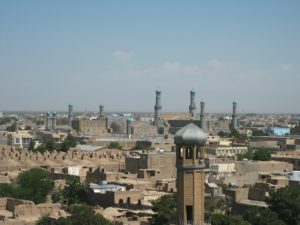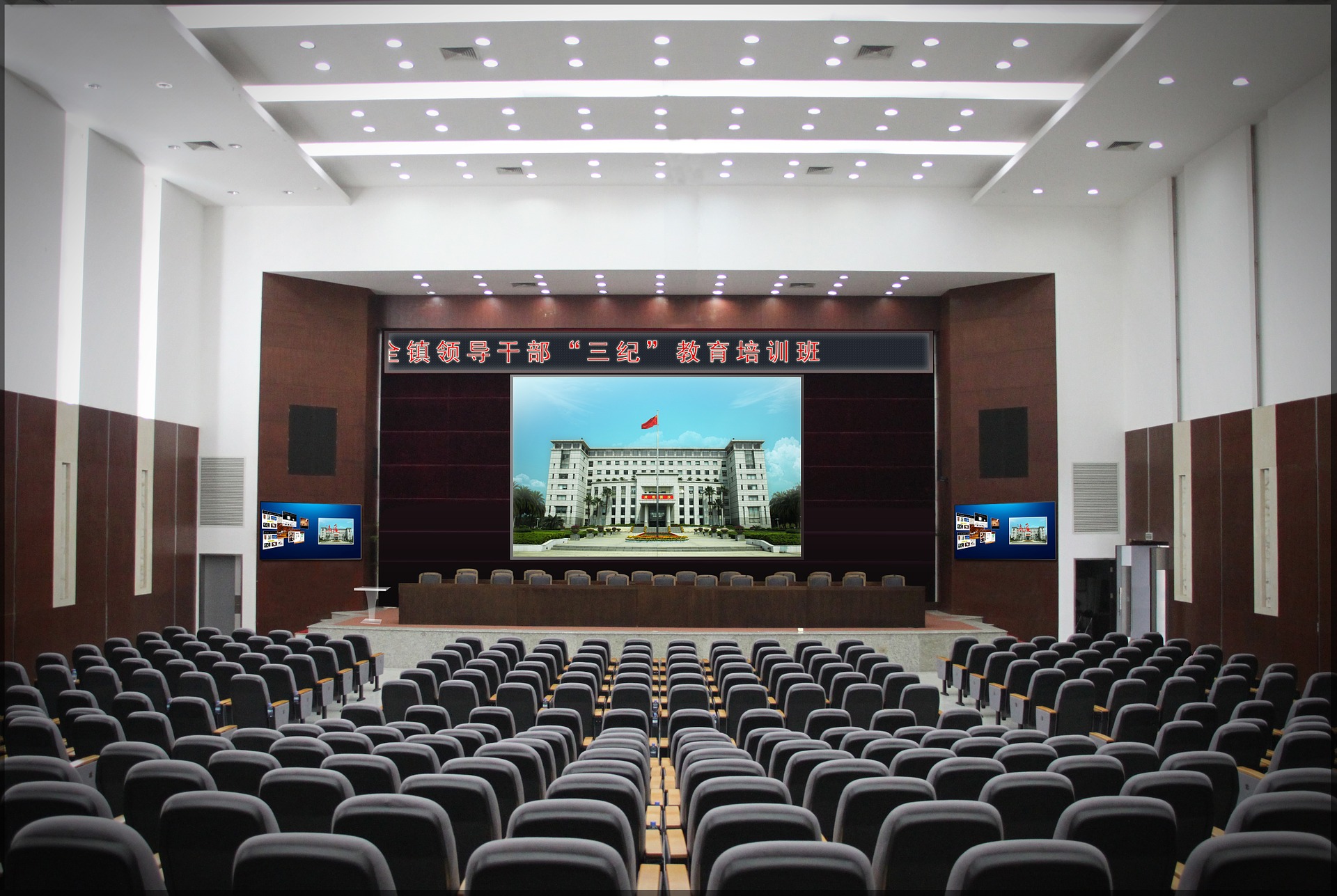 Held in early October 2016, the Brussels Conference on Afghanistan was a significant opportunity for the international community to review and discuss Afghanistan’s recent progress, and to renew its commitment to ongoing aid and development support for the country. Hosted by the Afghan government and the European Union and attended by delegates from more than 70 countries and 25 international organizations, the two-day conference concluded with international leaders pledging $15.2 billion for Afghanistan’s development over the next four years. The Brussels Conference was an important follow up to a similar meeting held in Tokyo in 2012, at which the international community committed to 4 billion euros per year in civilian aid for Afghanistan through the end of 2016.
Held in early October 2016, the Brussels Conference on Afghanistan was a significant opportunity for the international community to review and discuss Afghanistan’s recent progress, and to renew its commitment to ongoing aid and development support for the country. Hosted by the Afghan government and the European Union and attended by delegates from more than 70 countries and 25 international organizations, the two-day conference concluded with international leaders pledging $15.2 billion for Afghanistan’s development over the next four years. The Brussels Conference was an important follow up to a similar meeting held in Tokyo in 2012, at which the international community committed to 4 billion euros per year in civilian aid for Afghanistan through the end of 2016.
One major highlight of the Brussels Conference was a presentation from representatives of the Afghan government on the many achievements and accomplishments that international support has made possible in Afghanistan over the last few years. Thanks to strong financial aid contributions from international sources, Afghanistan has made significant progress in a number of critical areas. Key achievements include:
Health care and education
It is impossible to improve what has not been measured. Recognizing this, Afghanistan recently conducted its first ever national Demographic and Health Survey. This comprehensive review provided new baseline information on a range of health issues, including maternal and child health, fertility, vaccination rates, and rates of diseases like malaria and HIV.
In 2015, approximately 58 million health care visits were provided to citizens, an increase of roughly 3 million over the previous year. Care for mothers and babies was a particular focus, with health workers attending about 1.2 million antenatal services and 7 million birth delivery services.
In 2015, nearly 1 million new students enrolled in Afghan schools. A total of 9.4 million students are currently enrolled in primary and secondary education; furthermore, nearly 40% of these students are girls and young women.
Public services
 To help address some of the bureaucratic obstacles that make it difficult for Afghans to access basic public services, Afghanistan signed a Memorandum of Understanding with the Republic of Azerbaijan to launch a new initiative called Asan Khedmat. The idea behind Asan Khedmat is to create centers that can deliver both government services and auxiliary services from the private sector in an efficient, responsive, and transparent manner. The first Asan Khedmat center recently opened in Kabul. Residents of the city now have access to 21 services—including driver’s licenses, vehicle registrations, wedding certificates, and national ID cards—under one roof.
To help address some of the bureaucratic obstacles that make it difficult for Afghans to access basic public services, Afghanistan signed a Memorandum of Understanding with the Republic of Azerbaijan to launch a new initiative called Asan Khedmat. The idea behind Asan Khedmat is to create centers that can deliver both government services and auxiliary services from the private sector in an efficient, responsive, and transparent manner. The first Asan Khedmat center recently opened in Kabul. Residents of the city now have access to 21 services—including driver’s licenses, vehicle registrations, wedding certificates, and national ID cards—under one roof.
Irregular and unpermitted urban settlements are common in Afghanistan’s major cities, often leading to contentious property disputes, stress, and fear for residents. Afghanistan is seeking to resolve these issues through a recently launched, nationwide program that aims to survey, register, and provide occupancy certificates to properties located in these areas. Around 6,000 properties in cities like Herat, Kandahar, and Kabul have already been mapped and are currently undergoing the registration process.
Securing livelihoods
A government jobs creation program known as Jobs for Peace was rolled out last year in several Afghan provinces. With the goal of improving short-term food security for families, the initiative disbursed more than $70 million to people in more than 5,000 communities, creating at least 2.6 million days of labor. Jobs within the program included maintenance work on rural area development projects and cleaning work in urban centers.
Given that many Afghans earn their livelihood through agricultural activities, support for farmers is a crucial part of Afghanistan’s overall economic health. Some of the achievements that have helped farmers in recent years include the Agricultural Development Fund loans program, which has disbursed $61 million to more than 31,000 farmers; the rehabilitation of nearly 2,000 kilometers of irrigation infrastructure, which has improved water access for close to 500,000 hectares of agricultural land; and the recovery of 6,000 hectares of illegally seized land by the Land and Water Administration, which is working to provide farmers with land tenure security and protect them from seizure.

